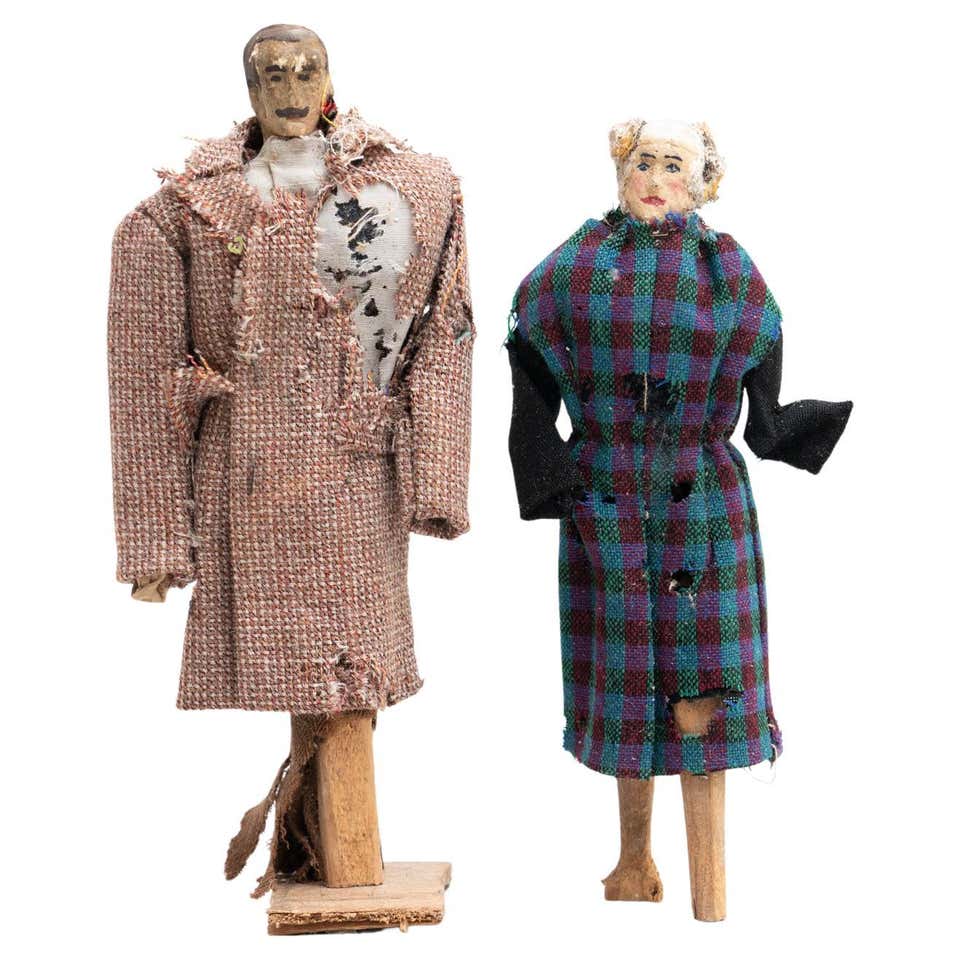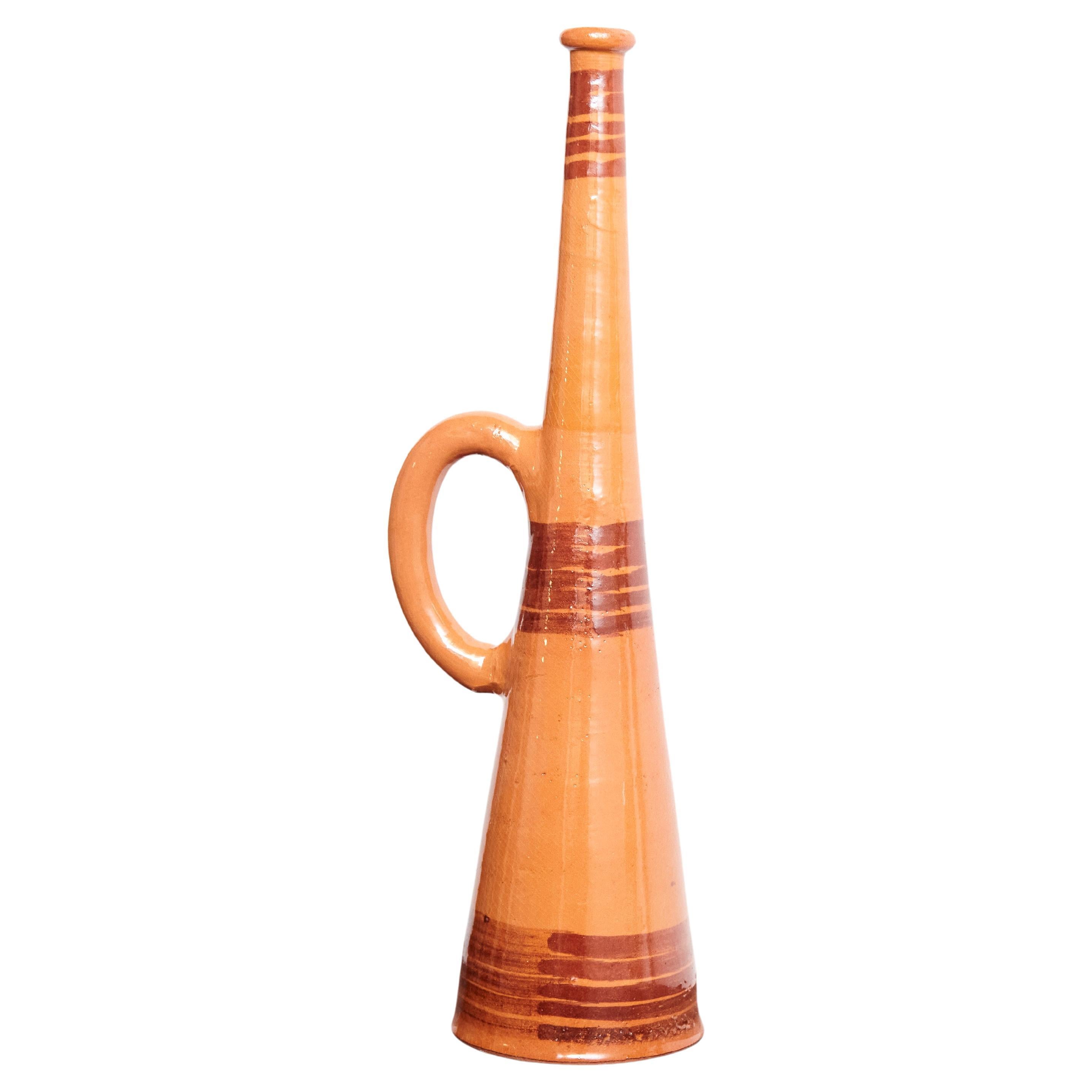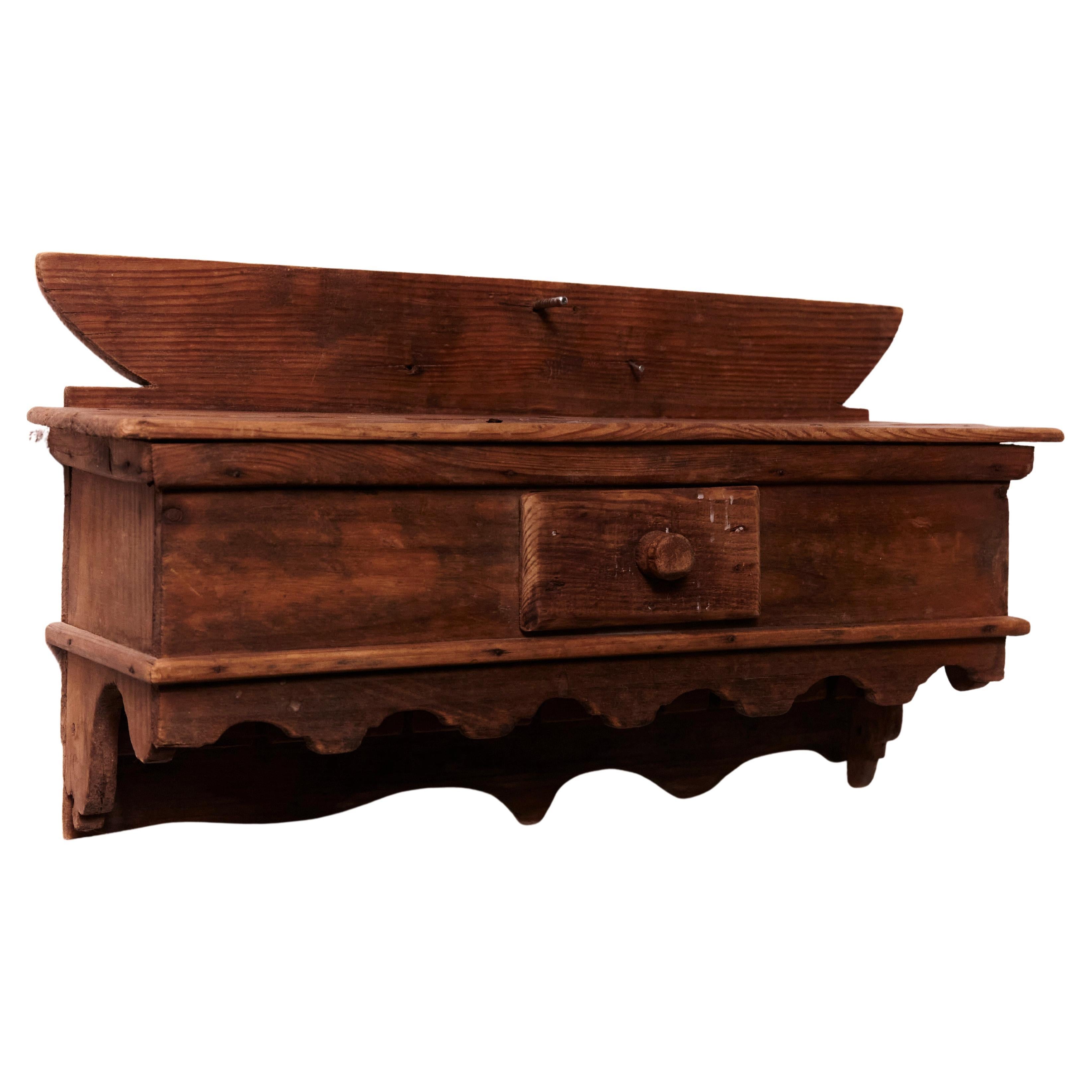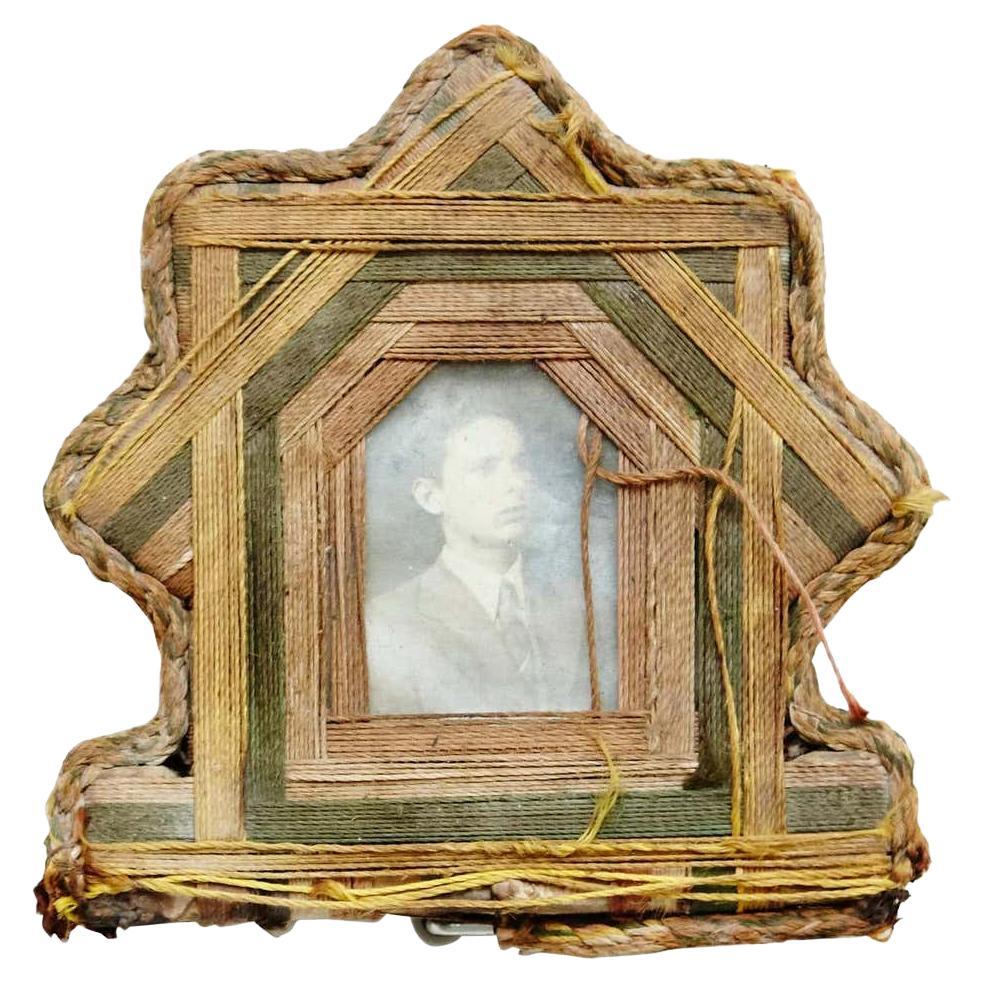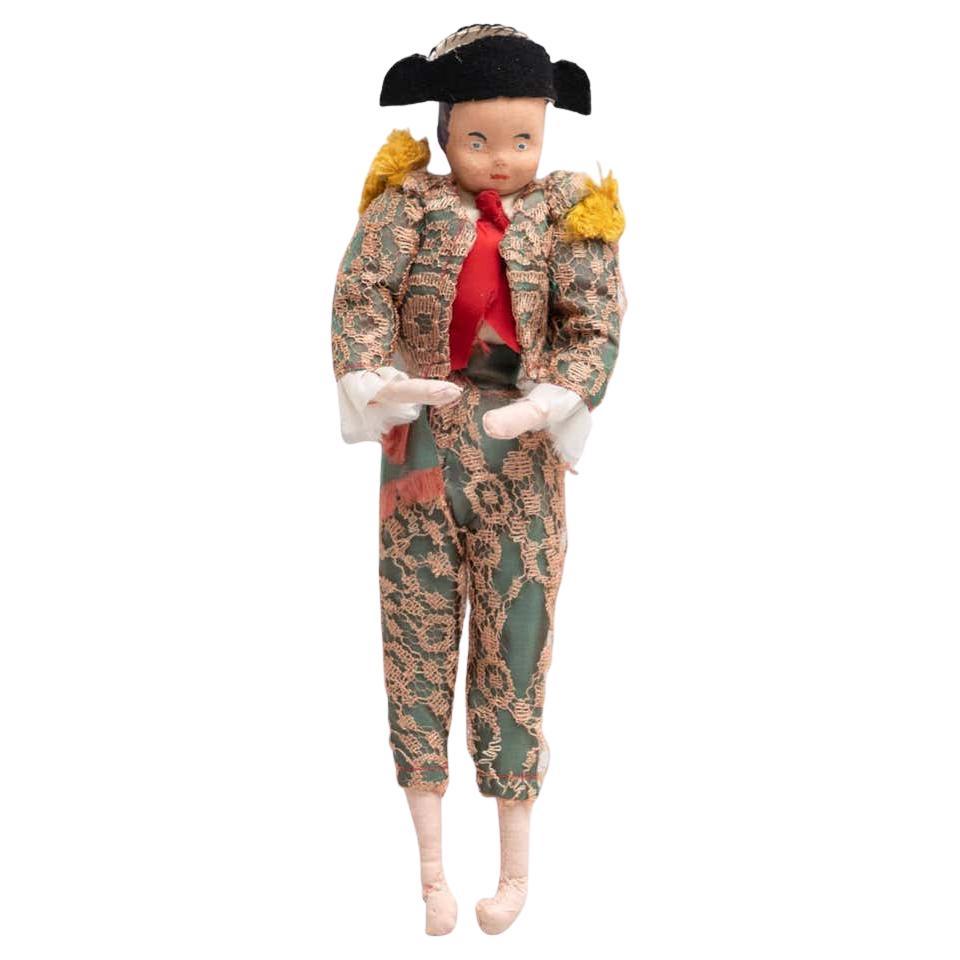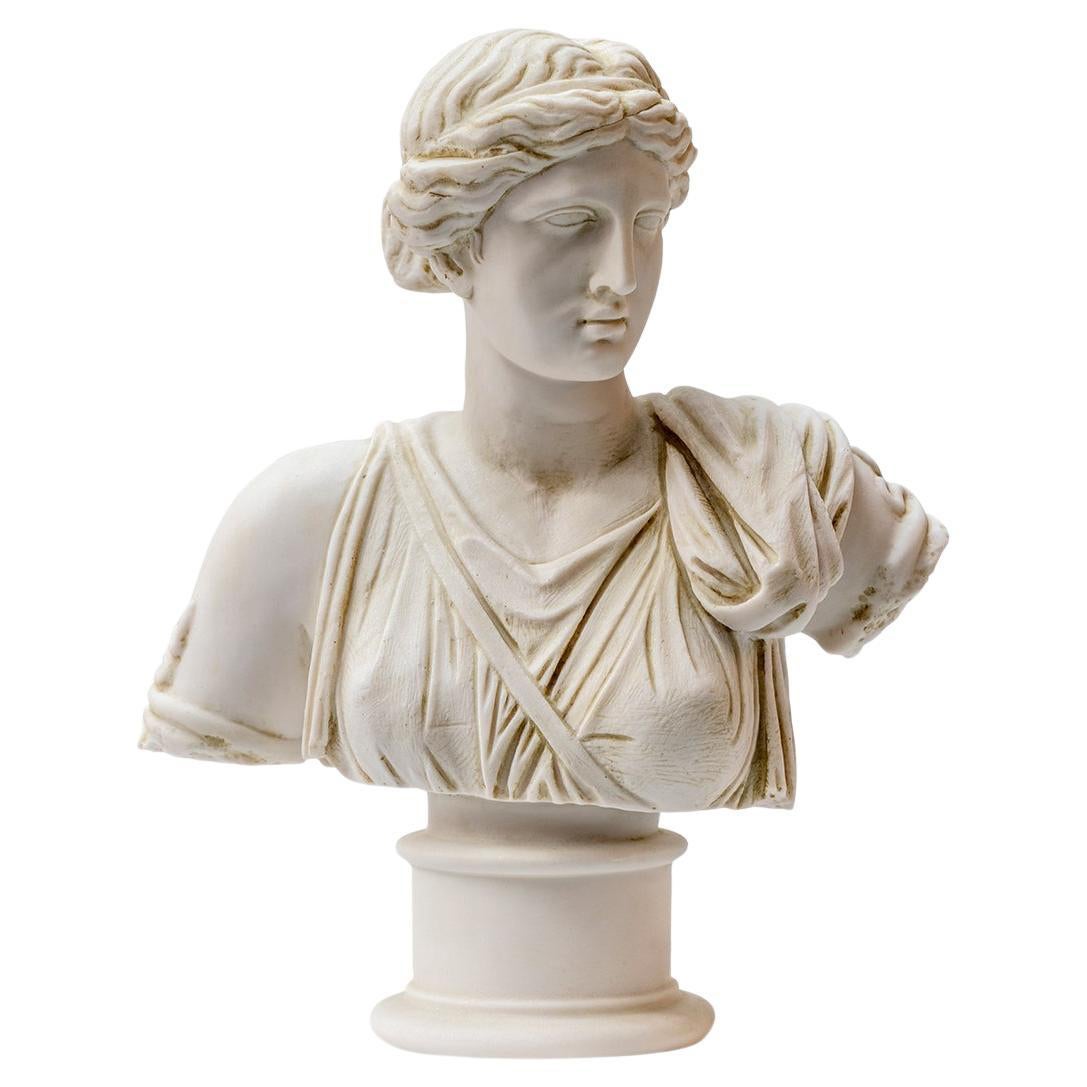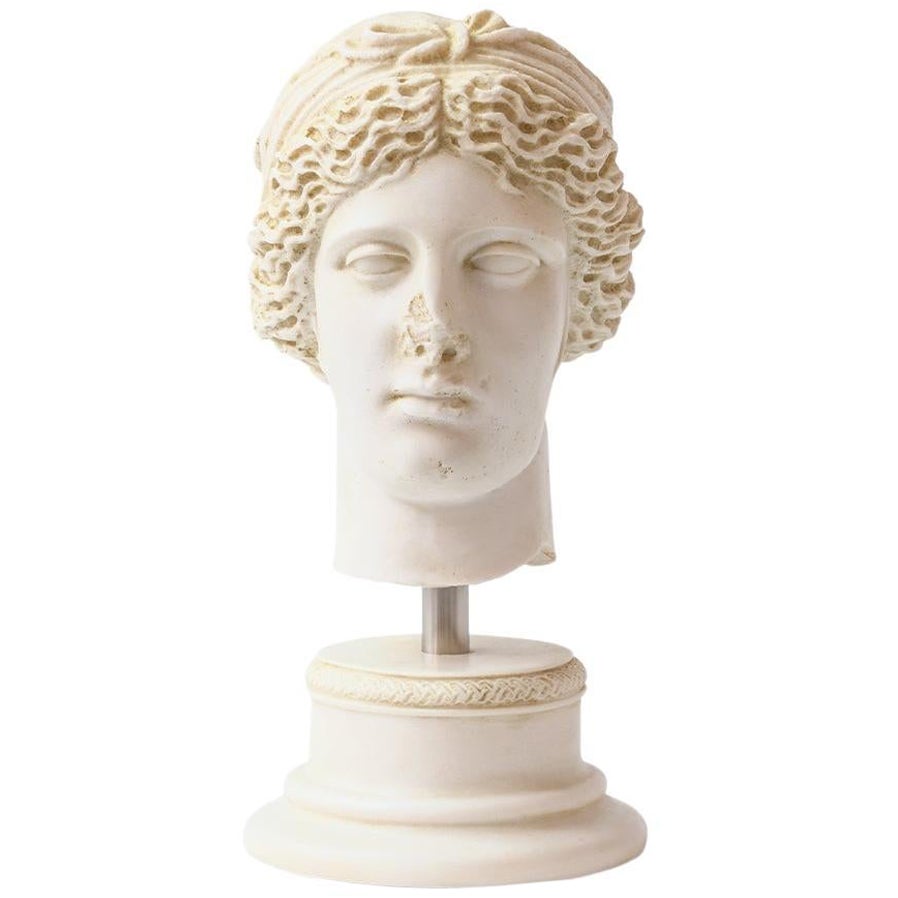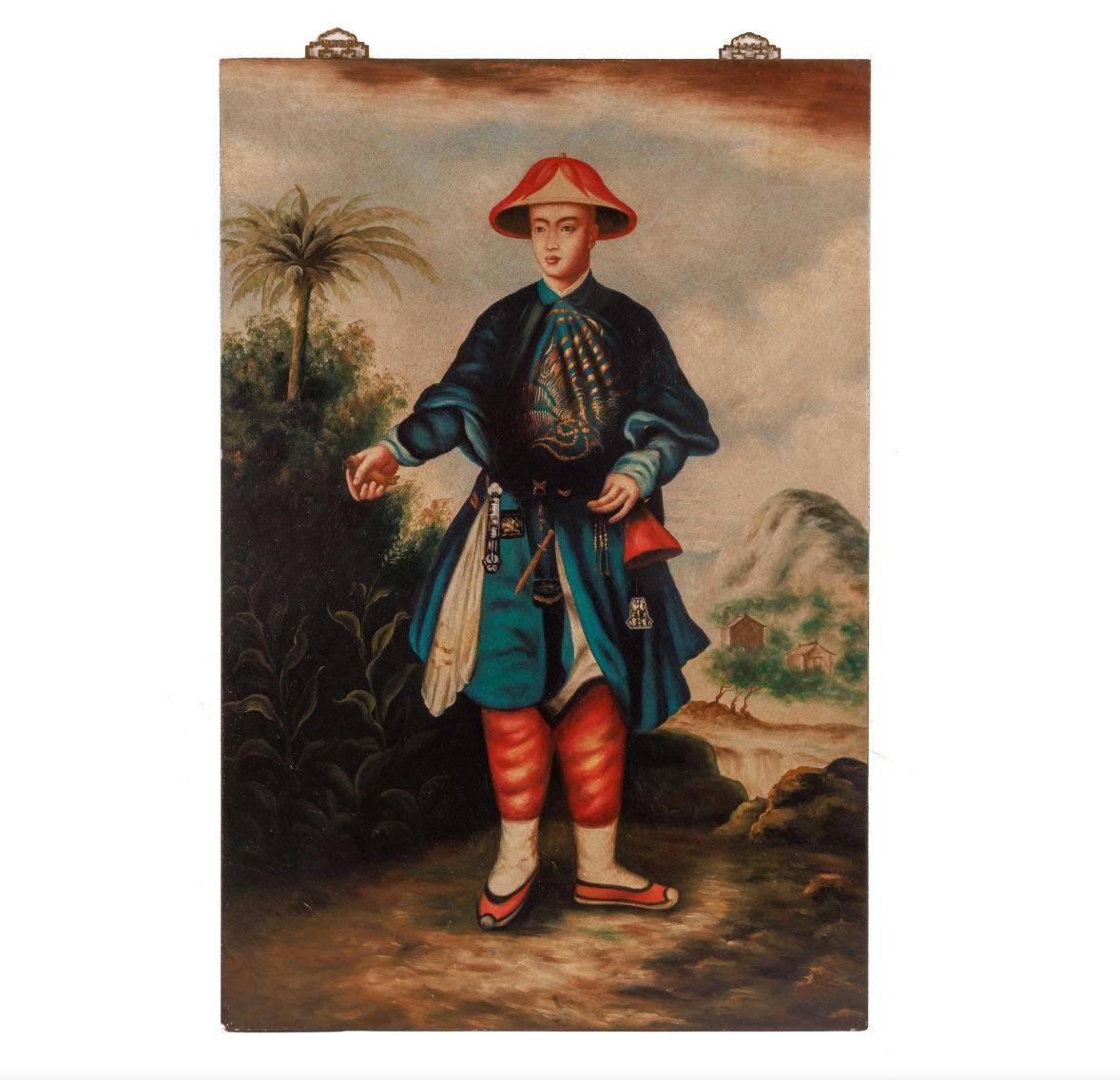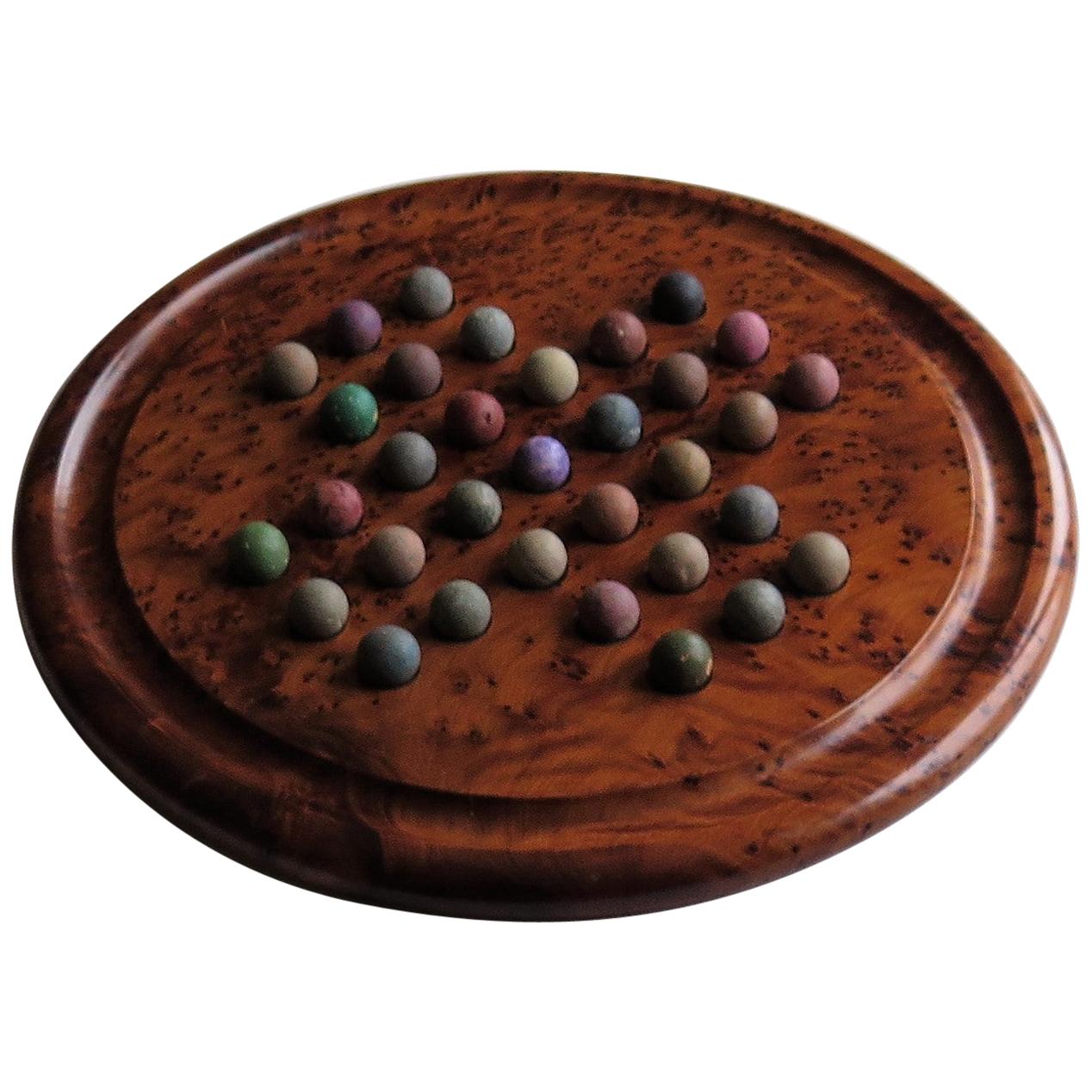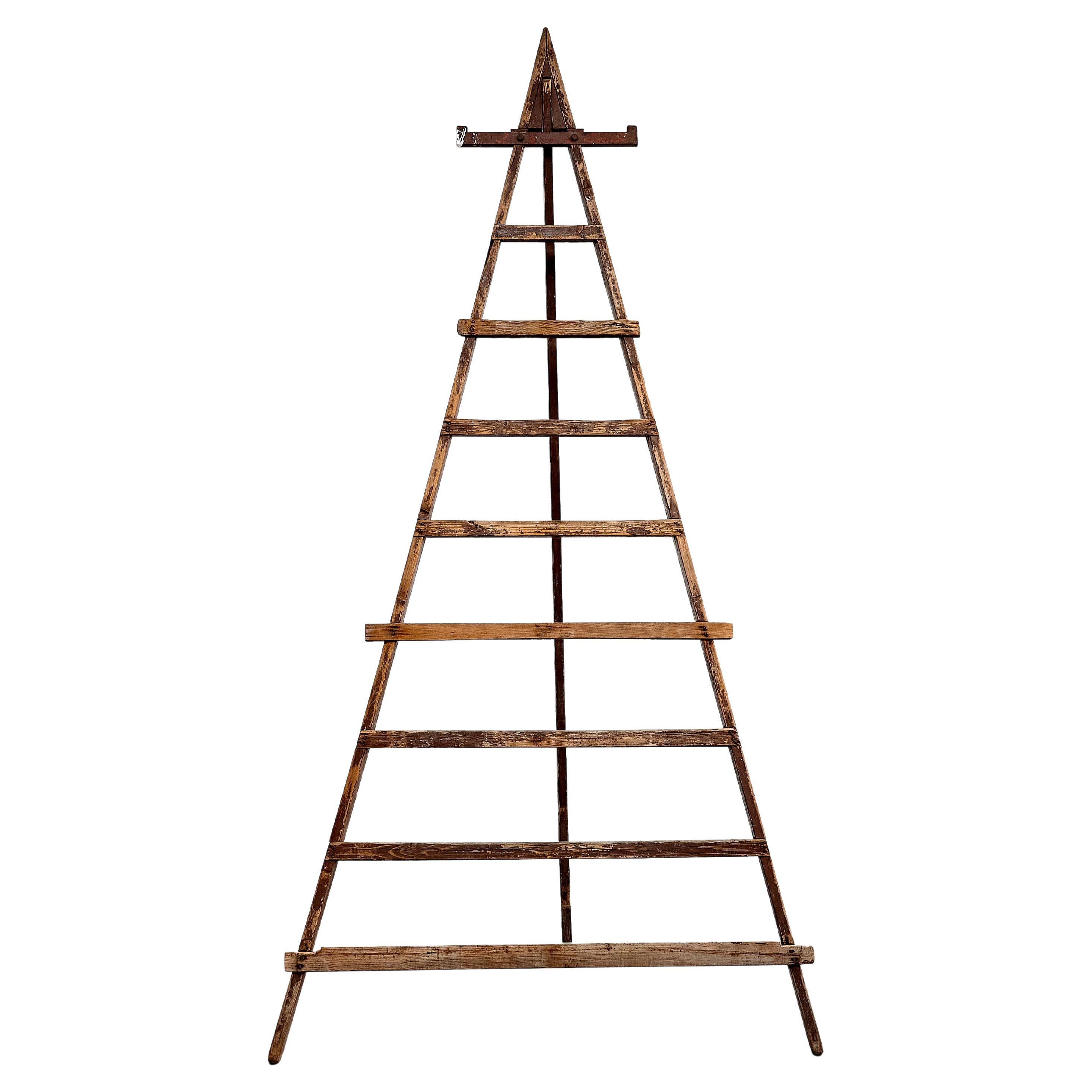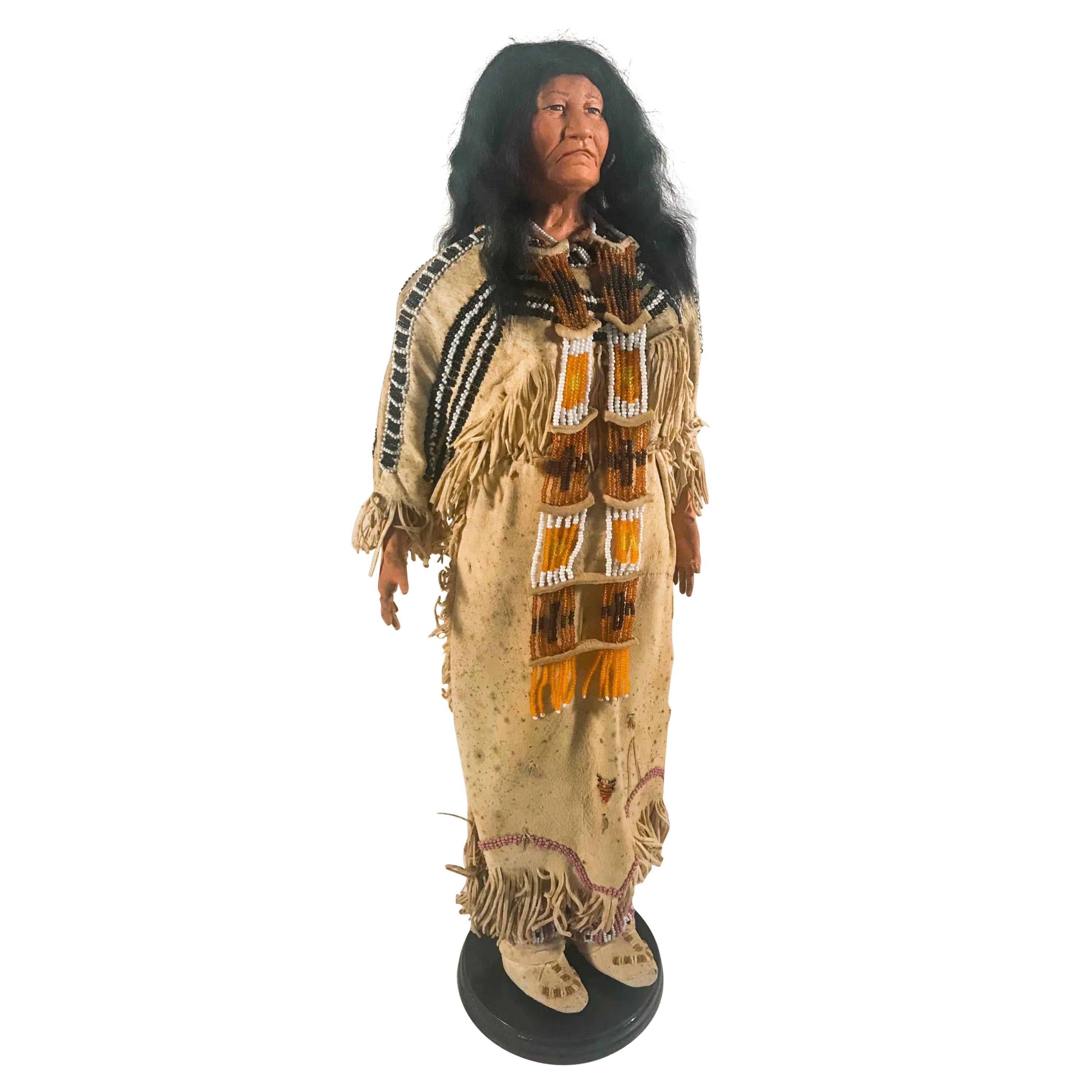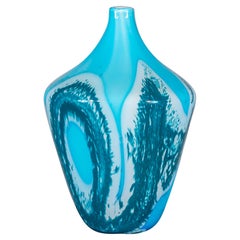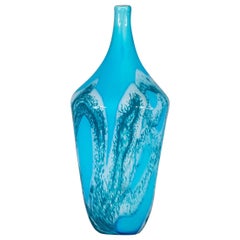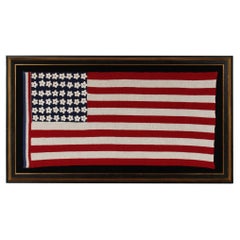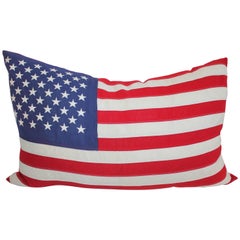
Large WWII Era 48 Star American Flag
View Similar Items
Want more images or videos?
Request additional images or videos from the seller
1 of 7
Auction endedBrowse Current Auctions
Large WWII Era 48 Star American Flag
About the Item
- Creator:Defiance Sales Corp (Manufacturer)
- Dimensions:Height: 75 in (190.5 cm)Width: 118.1 in (299.98 cm)Depth: 0.1 in (2.54 mm)
- Materials and Techniques:
- Place of Origin:
- Period:
- Date of Manufacture:1944
- Condition:Wear consistent with age and use. The flag has a few tears, holes, and stains.
- Seller Location:San Antonio, TX
- Reference Number:1stDibs: LU8266234421422
About the Seller
5.0
Gold Seller
These expertly vetted sellers are highly rated and consistently exceed customer expectations.
Established in 2022
1stDibs seller since 2023
22 sales on 1stDibs
Typical response time: 1 hour
More From This SellerView All
- Large 20th Century Clichy VaseLocated in San Antonio, TXThis Small 20th Century Clichy Vase is a captivating piece of art that showcases the beauty and craftsmanship of Clichy glassware. Crafted in the 20th century, it embodies the elegan...Category
20th Century French Vases
MaterialsBlown Glass
- Large 20th Century Clichy VaseLocated in San Antonio, TXThis Large 20th century Clichy Vase is a captivating piece of art that showcases the beauty and craftsmanship of Clichy glassware. Crafted in the 20th century, it embodies the elegan...Category
Vintage 1920s Vases
MaterialsBlown Glass
- 20th Century French Oil on CanvasLocated in San Antonio, TXThis 20th Century French Oil on Canvas is a captivating piece of art that beautifully depicts a vibrant flower bouquet. Painted with...Category
20th Century French Paintings
MaterialsMahogany
$791 Sale Price59% Off - 18th Century Louis XV French EnfiladeLocated in San Antonio, TXAn original French 18th-century Enfilade made of fine mahogany wood. This Louis XV-period enfilade has three openings and a beautiful marble top. The mahogany wood classifies this enfilade as a “meuble de port” which refers to pieces of furniture made with precious exotic woods that were delivered at French ports...Category
Antique 18th Century French Louis XV Buffets
MaterialsMarble
$5,480 Sale Price20% Off - 19th Century French Louis Philippe CommodeLocated in San Antonio, TXThis 19th-century French Louis Philippe commode has been carefully rethought by a professional craftsman and has been sanded, bleached, and painted in a wonderfully unique turquoise ...Category
Antique Mid-18th Century French Louis Philippe Commodes and Chests of Dr...
MaterialsMetal
$2,500 Sale Price20% Off - 19th Century Louis XVI French BuffetLocated in San Antonio, TXEnter the world of timeless elegance with this unique 19th century Louis XVI French Buffet, a true masterpiece crafted with remarkable ash burl ...Category
Antique 19th Century French Louis XVI Buffets
MaterialsBrass
$3,656 Sale Price35% Off
You May Also Like
- 48 Star Crocheted Homemade American Flag, WWII Era, 1941-1945Located in York County, PA48 star, crocheted, antique american flag of the wwii era (1941-1945), a beautiful, homemade example, with a red, white, & blue hoist and flower-like stars: Crocheted American fla...Category
Mid-20th Century American Political and Patriotic Memorabilia
MaterialsCotton
Price Upon Request - Large 48 Star Embroidered Flag PillowBy American Flag & Banner Co.Located in Los Angeles, CAThis monumental 48 star flag pillow is in great in great condition and has a red cotton linen pillow. The big pillow id down and feather fill.Category
Mid-20th Century American Country Political and Patriotic Memorabilia
MaterialsCotton
$375 Sale Price36% Off - 36 Star American Flag, Civil War Era, Nevada StatehoodLocated in York County, PA36 Stars In The "Great Star" Or "Great Luminary" Pattern On A Civil War Era Flag With A Dusty Blue Canton And A Section Of One Stripe Souvenired, 1864-67, Nevada Statehood 36 star American national flag of the Civil War era, entirely hand-sewn and with some rare and beautiful features. The stars are arranged in a rendition of what is known as the Great Star or Great Luminary configuration, a large star made out of smaller stars. With no official star pattern before 1912, their design was left up to the artistic liberties of the flag-maker. Strikingly visual, the Great Star is both scarce and coveted by collectors. The 36th state, Nevada, entered the Union during the Civil War on October 31st, 1864. The last Confederate general surrendered on May 26th, 1865. The 36 star flag became official on July 4th of that year, but makers of printed flags would have begun adding a 36th star to their flags in 1864, even before the addition of the new state occurred. Lincoln pushed Nevada through just 8 days before the November election. Nevada’s wealth in silver was attractive to a nation struggling with the debts of war and increased support for the Republican ticket. The 36 star flag was replaced by the 37 star flag in 1867, with the addition of Nebraska. Adding to the flag's appeal is its small scale across those with of piece-and-sewn construction. During the 19th century, sewn flags (as opposed to those that were printed on cloth) were typically eight feet long and larger. This is because they were important in their function as signals, meaning that they needed to be seen and recognized from great distance. A flag that was six feet in length was considered small and production of flags smaller than this was extremely limited. Even infantry battle flags were approximately six by six and-one-half feet, about the size of an average quilt of the same period. As time passed, circumstances changed and sewn flags began to find more of a decorative purpose. Smaller flags are more scarce and far easier to frame and display. The Great Star configuration appears to have come about shortly after the War of 1812, when Congressman Peter Wendover of New York requested that Captain Samuel Reid, a War of 1812 naval hero, create a new design that would become the third official format of the Stars & Stripes. A recipient of the Congressional Medal of Honor, Reid became harbor master of New York following the war. During his lifetime, he created many innovations in signal use, including a system that could actually send messages from New York to New Orleans by sea in just two hours. Use as a Naval signal had been the primary reason for the initial creation of an American national flag in 1777, but since there was no official star design, the appearance of our flag varied greatly. Reid’s primary concern centered on both consistency and ease of recognition. His hope was as more and more states joined the Union and more and more stars were added to the flag, that it would remain easily identified on the open seas. In 1818, Reid suggested to Congress that the number of stripes permanently return to 13 (reduced from 15) and that the stars be grouped into the shape of one large star. Reid’s proposal would have kept the star constellation in roughly the same format, in a pattern that could be quickly identified through a spyglass as the number of states grew. His concept for the stripes was ultimately accepted, but his advice on the star pattern was rejected by President James Monroe, due to the increased cost of arranging the stars in what would become known as the “Great Star”, “Great Flower”, or “Great Luminary” pattern. Monroe probably didn’t wish to impose this cost on either the government or civilians, so he suggested a simple pattern of justified rows. Never-the-less, the Great Star was produced by anyone willing to make it and its rarity today, along with its beauty, has driven the desirability of American flags with this configuration. The canton and stripes of the flag are made of fine merino wool. Note how the canton has faded to a dusty seafoam blue, which is endearingly attractive. The stars of the flag are hand-sewn and single-appliquéd. This means that they were applied to one side of the canton, then the blue fabric was cut from behind each star, folded over, and under-hemmed, so that one star could be viewed on both sides of the flag. I always find single-appliquéd stars more interesting, not only because they are evidence of a more difficult level of seam-work and stitching, but also because they are more visually intriguing. The two visible rows of hand-stitching emphasize their hand-sewn construction, which is one reason why flags with single-appliquéd stars often appeal to connoisseurs of early American textiles...Category
Antique 1860s American Political and Patriotic Memorabilia
MaterialsWool
Price Upon Request - 48 Star Antique American Flag, with Hand-Crocheted Stars, ca 1917-1918Located in York County, PA48 STARFISH-LIKE, NEEDLEWORK EXECUTED STARS ON A HAND-CROCHETED ANTIQUE AMERICAN FLAG FROM THE EARLIEST PART OF THE 48 STAR ERA, 1912-WWI (U.S. INVOLVEMENT 1917-18) OR EVEN PRIOR TO ...Category
Early 20th Century American Political and Patriotic Memorabilia
MaterialsCotton
- 46-Star American Flag Printed in Drum Star ConfigurationLocated in Colorado Springs, COThis is an original 46-Star American parade flag, celebrating Oklahoma statehood. Each star on the flag's canton represents a state in the Union at the time. The official flag design would update every July 4th, to include any new states added to the Union in the past year. Oklahoma, the 46th state, entered the Union on November 16, 1907. As such, this 46–star flag was the official flag of the United States from July 4, 1908, until July 4, 1912. The silk flag has a dark blue canton with 46 white printed stars. The stars are printed in an 7-8-8-8-8-7 row configuration, or “Drum design.” The flag design is completed with 13 alternating red and white stripes, each stripe representing one of the original thirteen colonies. The land that comprises Oklahoma today was added to the United States as part of the Louisiana Purchase of 1803. Throughout the 19th century, the U.S. government relocated Indian tribes from the southeastern United States to the area, and by 1900, over 30 Indian tribes had been moved to what was originally called the Indian Territories. At the same time, ranchers in Texas began to move into the area in search of new pasture lands. Although stipulations in the Indian Relocation Act agreed that the land would forever be Indian Territory, the promise of fertile farmland trumped the government’s promise of sovereignty. On April 22, 1889, they opened the land to settlement by homesteaders, creating a land run in which settlers, called “Boomers,” were allowed to cross the Texas or Arkansas border at a particular hour to claim homesteads. Settlers who illegally crossed the border earlier to stake prime land were called “sooners,” which eventually became the state’s nickname. Wagons and the Santa Fe railroad carried cartloads of men and women to blank town sites and building plots, creating ten thousand-people communities in a matter of days. The following year, the region was further divided into Indian Territory and Oklahoma Territory...Category
Vintage 1910s American Political and Patriotic Memorabilia
MaterialsSilk
- 39-Star Antique American Flag with 'Whimsical' Star Pattern, 1889Located in Colorado Springs, COThis is a 39-star unofficial American flag, handmade and printed on cotton. The flag dates to 1889 and has a unique history, thanks to its rare star-count. The flag’s canton is prin...Category
Antique 1880s American Political and Patriotic Memorabilia
MaterialsCotton
Recently Viewed
View AllMore Ways To Browse
48 Star American Flag Vintage
48 Star Vintage Flag
Vintage Star Wars Memorabilia
Antique Flag Holder
Cloth Banner
American Eagle Black Coat
46 Star Flag Silk
49 Star Flag
Iron Coffins
Printed Linen Fabrics By The Yard
Quilted American Flag
Singer Sewing Treadle
Singer Treadle Sewing Machine
Vintage 13 Star Flag
William Henry Harrison
31 Star Flag
Agent 36b
Antique Hankerchief
